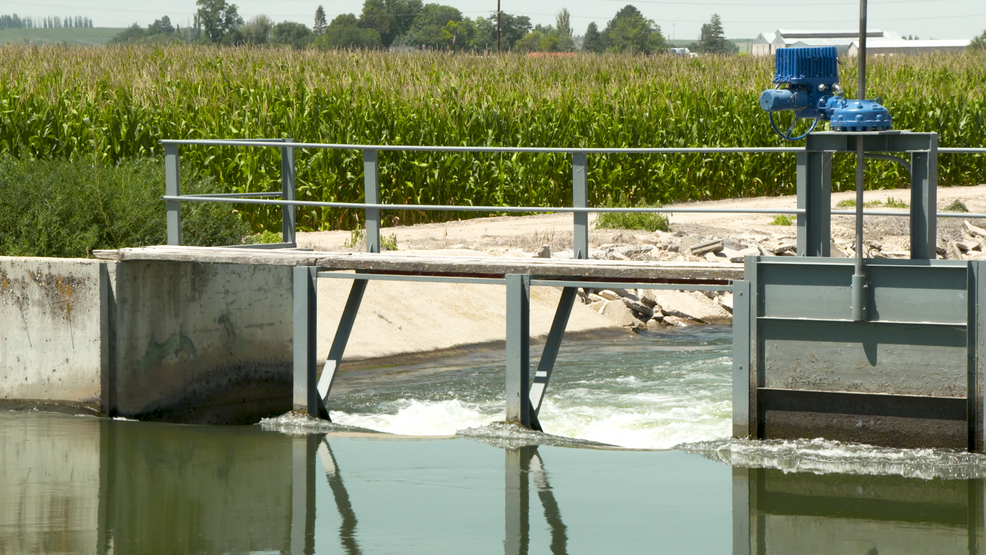BOISE, Idaho — The water supply outlook for Idaho has taken a dramatic turn for the worse, with hydrologists warning of potential water shortages across the state due to exceptionally dry conditions and unusually high temperatures since April 1, 2025.
David Hoekema, a Hydrologist with the Idaho Department of Water Resources, said, “Water Year 2025 was looking to provide a healthy water supply for most of southern Idaho on April 1, 2025. Even conditions in northern Idaho were looking like a possible respite from two years of drought.”
However, the situation has deteriorated significantly. The GRIDMET climate dataset indicates that Idaho has experienced severe warmth and dryness, altering the water supply outlook statewide. The drought in northern Idaho is expected to persist for another year, and water shortages in eastern Idaho are becoming increasingly likely.
“The Snake River storage is below average for this time of year and being consumed at a rate that is significantly greater than normal,” said Hoekema. Without significant moisture from the North American Monsoon, water users in the eastern Snake River basin may face shortages in August and September.
While the Boise, Payette, and Owyhee reservoir systems are expected to experience only limited shortages due to strong carryover and snowpack, they may have little carryover for the next irrigation season.
The PRISM precipitation and temperature dataset reveals that this April to June period has been the fourth driest on record, with only 1919, 1924, 2019, and 2021 being drier. The temperature during this period was at the 82nd percentile, increasing agricultural water demand.
The sudden dryness has caused April 1st forecasts to plummet, with the Snake River system’s reservoirs now lower than normal for this time of year. The rate of water consumption from these reservoirs is higher than usual, and the severity of water shortages in the Upper Snake River basin will depend on summer temperatures and potential monsoon rains.
